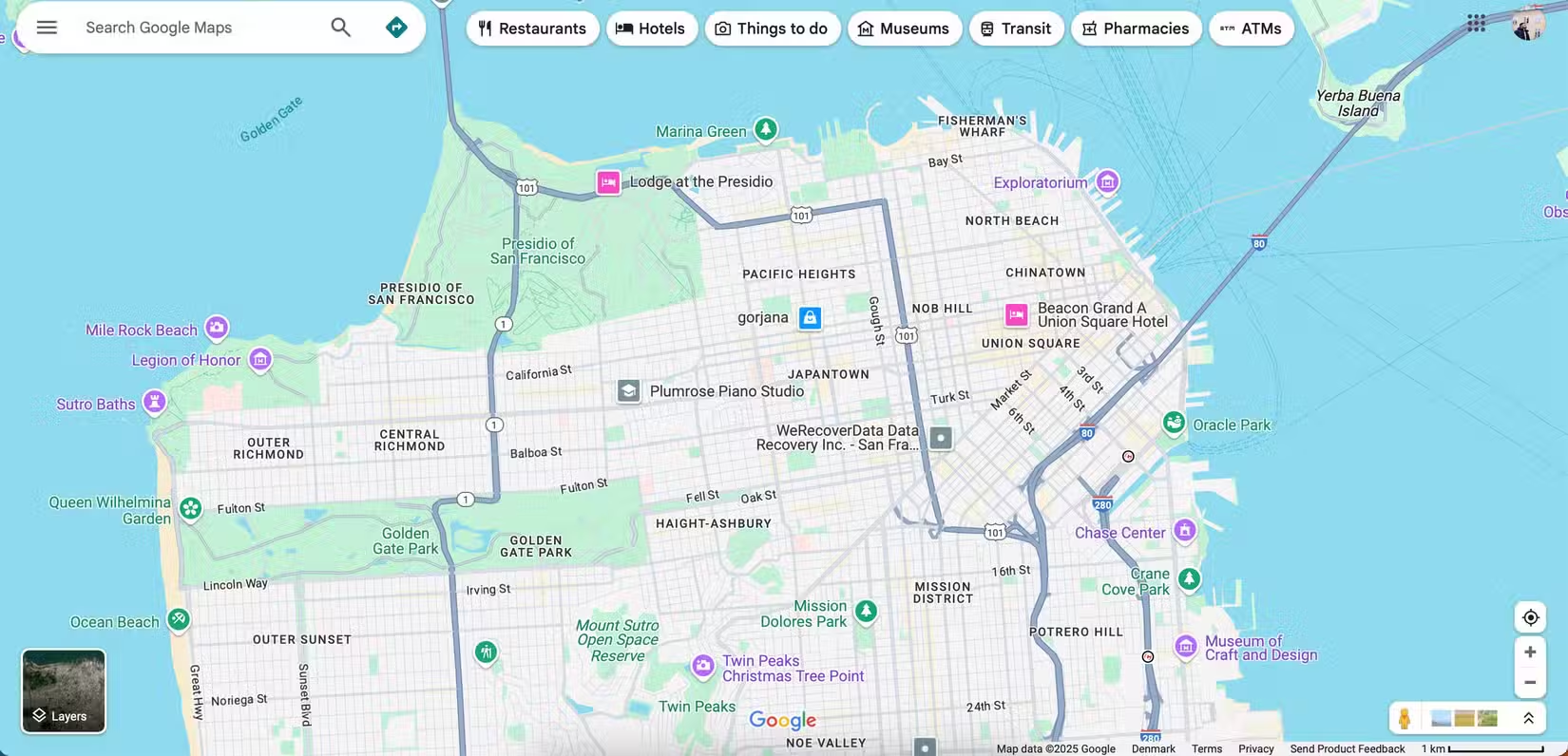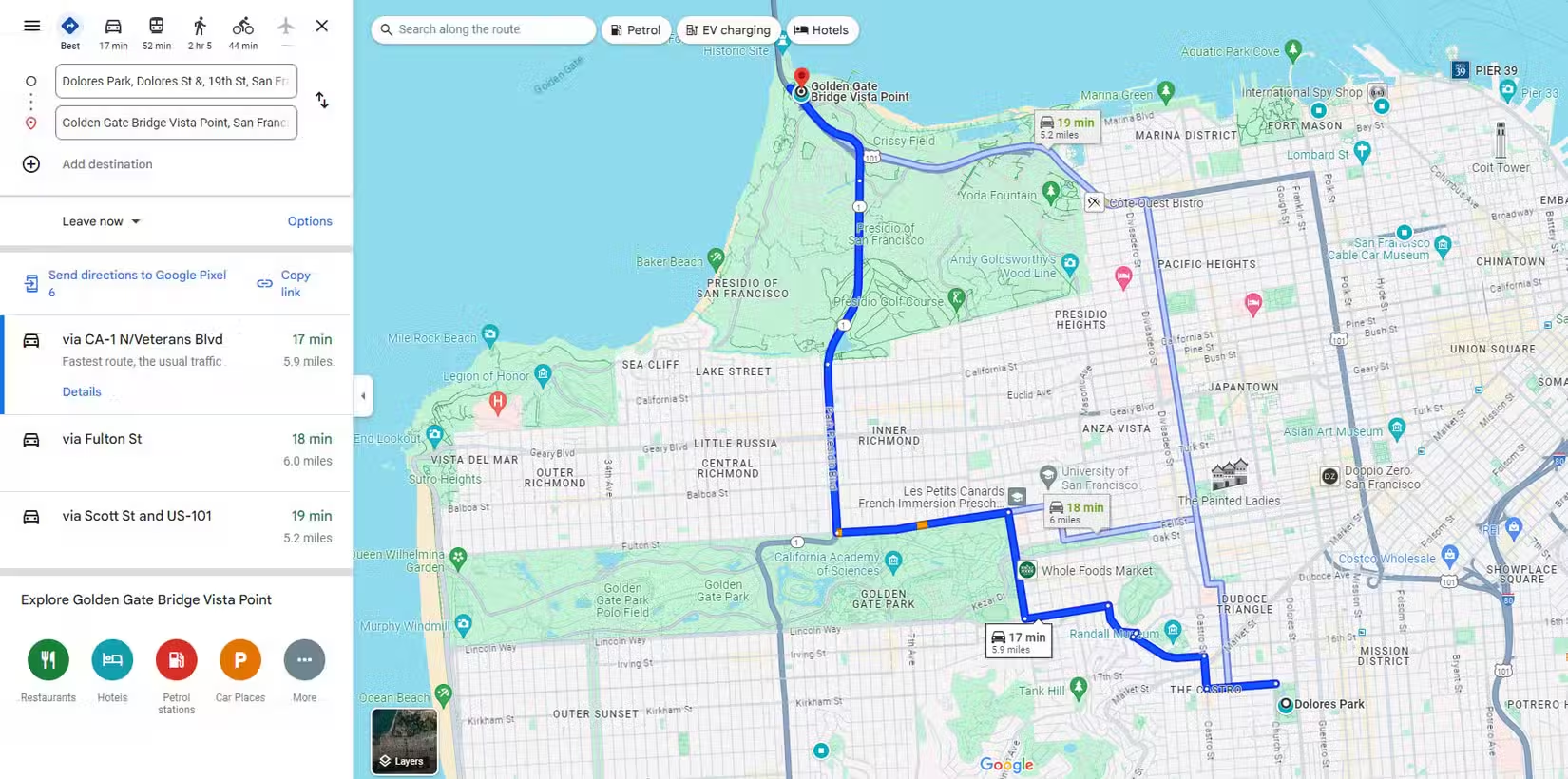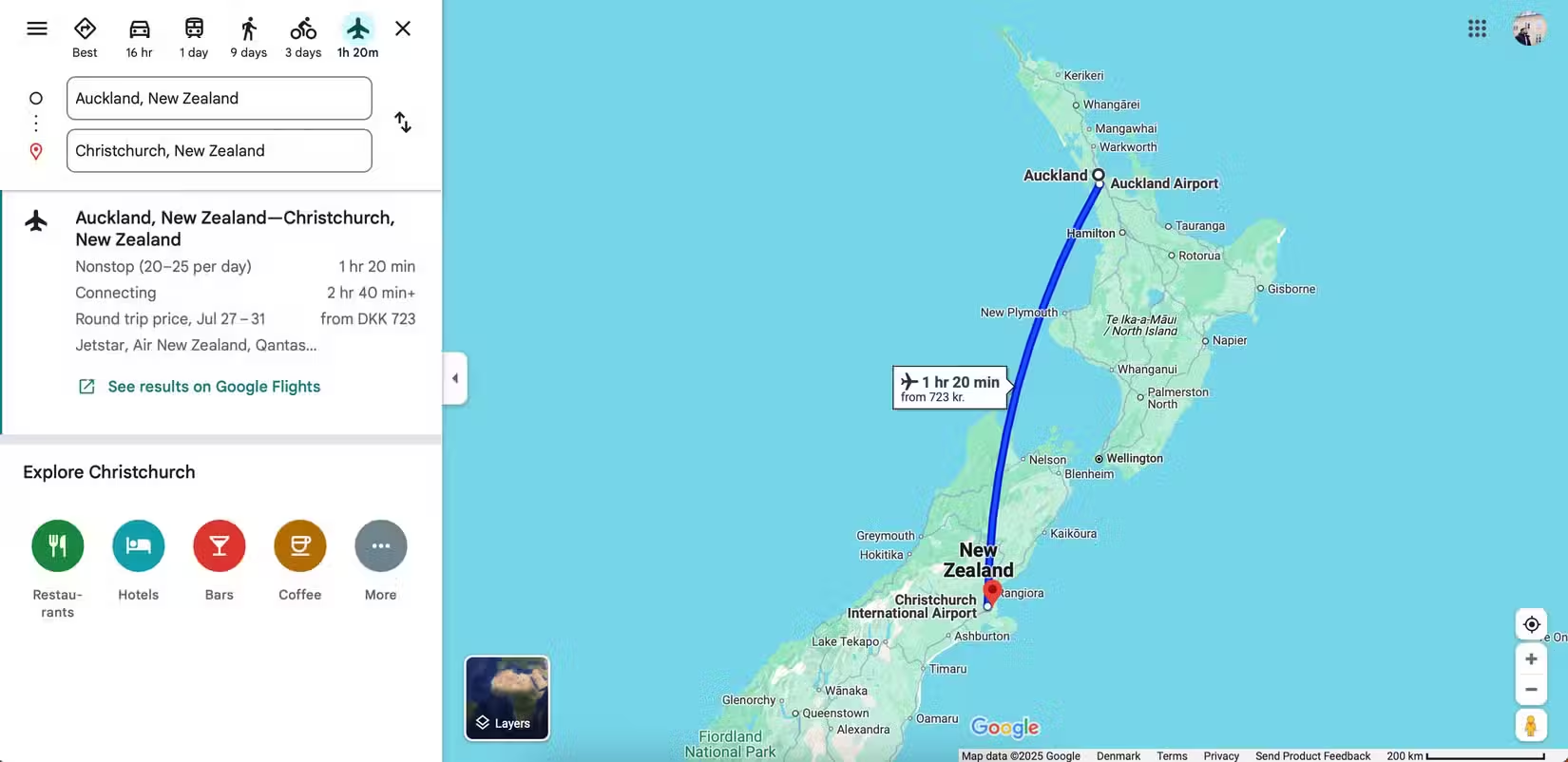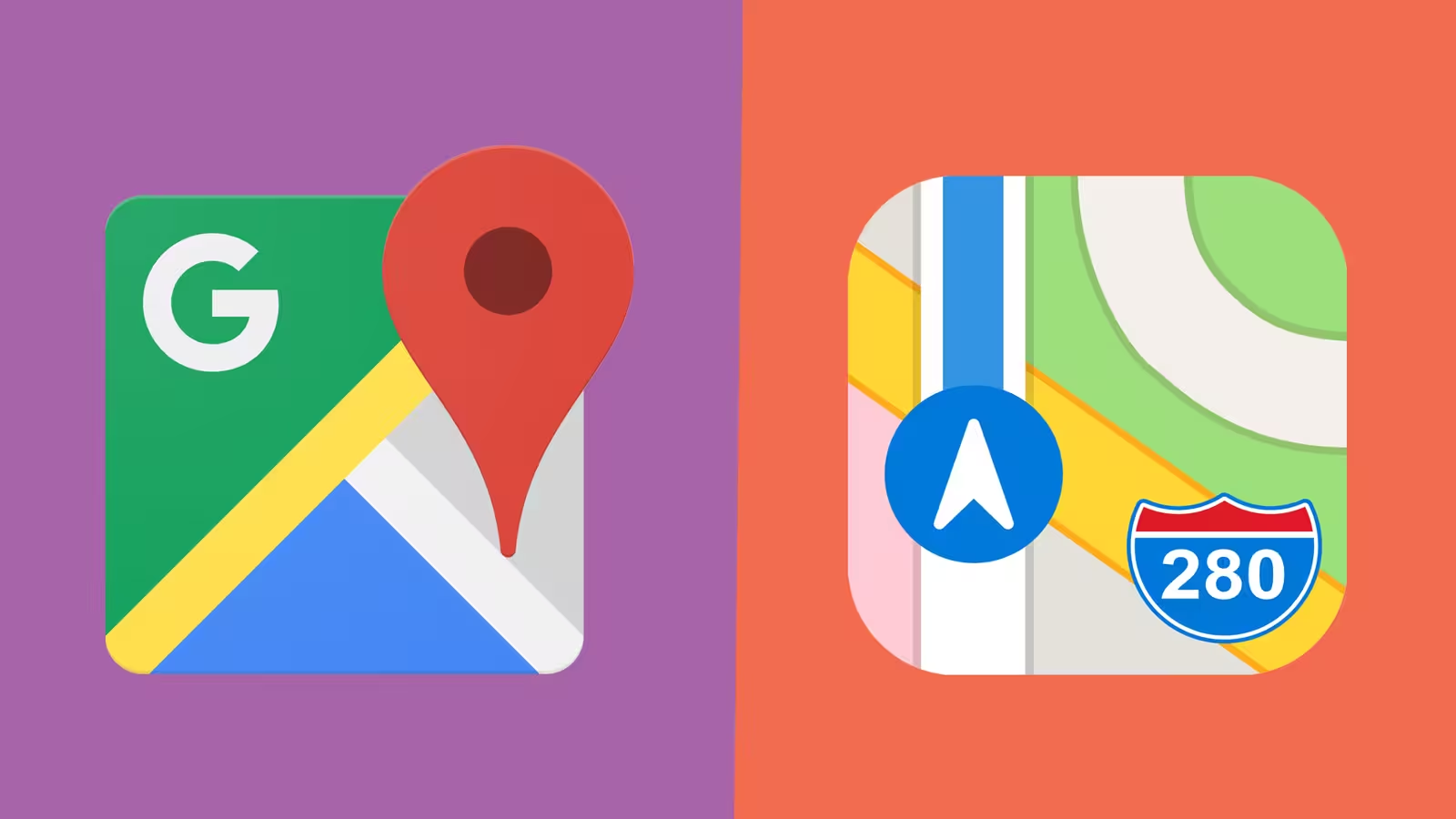8 Minutes
The Ongoing Battle: Google Maps vs. Apple Maps
As technology evolves, digital maps have become essential tools in our everyday lives—helping us navigate cities, search for businesses, plan trips, and even explore the globe virtually. While Apple has made significant improvements to Apple Maps in recent years, Google Maps continues to lead the industry by a wide margin. For consumers comparing Google Maps and Apple Maps, the distinction isn’t just about brand loyalty—it’s about reliable features, usability, and real-world accuracy.
1. Seamless Access Across All Desktop Browsers
One of Google Maps’ strongest advantages is its universal access. You can effortlessly open Google Maps on any web browser, be it Chrome, Firefox, Edge, or Safari. Enter an address, search for attractions, or explore neighborhoods—all without installing extra software. Apple Maps, on the other hand, remains stuck in beta for web browsers and experiences frustrating limitations. For professionals, commuters, and travelers who switch between devices and platforms, Google Maps delivers unrivaled convenience and reliability.

2. Street View — Unmatched Immersive Exploration
Street View is a signature Google Maps feature that redefined how people see the world online. With a simple drag-and-drop of the iconic yellow pegman, users can virtually roam streets across cities, towns, and natural wonders. Planning a visit to a new location? Street View lets you preview destinations, check out landmarks, and even reminisce by exploring historical imagery of previous years. Compared to Apple Maps' Flyover—an interesting but limited 3D feature—Street View is on a different level of usability and coverage. Few digital mapping competitors can rival the depth and interactivity Google brings to the virtual navigation experience.
3. More Accurate and Flexible Directions
When it comes to navigation, accuracy is everything. Over the years, Google Maps has refined its routing algorithms for driving, walking, cycling, and public transportation. Cyclists, especially in urban areas, appreciate Google’s ability to offer bike-friendly paths and reliable directions tailored for two wheels. The app also intelligently suggests ride sharing, bike share options, and public transit schedules. For many users, especially commuters and travelers navigating unfamiliar places, Google Maps’ guidance is both trustworthy and indispensable—an area where Apple Maps still lags behind.
4. Superior Location and Trip Saving Features
For users who love planning itineraries or frequently revisit favorite spots, Google Maps offers intuitive saving and organizing tools. Creating custom lists of cafes, attractions, or must-visit sites is seamless, and all saved places are easily accessible across devices with your Google account. Apple Maps has introduced similar saving functionality, but it’s far less intuitive and flexible, often requiring more steps to manage or retrieve saved locations.

5. Global Reach and Comprehensive Data Coverage
Coverage is another crucial factor where Google Maps easily outpaces Apple. While neither platform is perfect worldwide, Google Maps boasts granular data and mapping in far more regions—especially outside the United States and Western Europe. The broad reach means better local recommendations, more verified business details, and richer search results for restaurants, shops, hotels, and entertainment venues. Relying on Google Maps is particularly advantageous for globetrotters and professionals working across multiple international markets.
6. Reliable Performance and Minimal Lag
User experience matters, and a mapping app that lags or freezes can quickly become frustrating. Google Maps is renowned for its smooth performance, both on mobile and desktop. Even on older devices or slower connections, map loading and navigation remain fluid. Apple Maps often struggles with responsiveness, especially when used in its web interface or after system updates. Additionally, Google Maps’ troubleshooting resources and community support make it easy to resolve rare technical issues quickly.
7. Effortless Multi-Device and Cross-Platform Integration
In an era where people regularly shift between smartphones, tablets, laptops, and smartwatches, cross-device compatibility is vital. Google Maps dominates this space: it works natively on Android, seamlessly on iOS, and is universally accessible via any web browser. Saved preferences, search history, and custom lists synchronize instantly once you log into your Google account—allowing frictionless transition for users who switch or upgrade their devices. By contrast, Apple Maps is mostly restricted to Apple’s ecosystem, and its web-based version remains limited in functionality, making it less practical for users mixing devices from different brands.

8. Integrated Flight Planning and Travel Routes
Modern travelers appreciate solutions that minimize app switching. Google Maps now incorporates flight information directly into its search results—allowing users to view available flights between destinations, compare travel methods, and make informed decisions. For busy professionals, globetrotters, or those unfamiliar with a region’s public transit, this feature eliminates the need for separate airline or travel aggregator searches. While dedicated travel apps offer advanced booking features, Google Maps’ flight integration is a powerful convenience for high-level trip planning.
9. Richer, More Detailed Maps Without Overwhelm
Precision matters in digital cartography. Google Maps delivers highly detailed maps, smartly color-coded and easily filtered by categories such as ATMs, pharmacies, fuel stations, and more. Users can quickly find points of interest or essential services at a glance. Despite this data density, Google Maps’ design never feels cluttered or confusing—a testament to Google’s thoughtful UI principles. By comparison, Apple Maps sometimes appears visually crowded yet paradoxically less informative, often lacking granular detail in layer segmentation and place data.
Product Features and Use Cases: What Sets Google Maps Apart?
- Navigation: Turn-by-turn directions for driving, walking, cycling, and transit
- Real-Time Traffic: Up-to-the-minute updates on traffic conditions and accidents
- Business Listings: In-depth information, reviews, and opening hours for millions of locations
- Offline Maps: Download maps in advance for regions with limited connectivity
- Personalized Recommendations: AI-driven suggestions based on user behavior
- Accessibility: Available across Windows, macOS, Android, iOS, and all major web browsers
- Augmented Reality (AR) Navigation: Visual guides for walking directions in select cities
Market Relevance: Why Google Maps Remains the Industry Standard
Google Maps has long set the benchmark for mapping applications, and its continued investment in features and data quality reinforces its market leadership. Whether you’re a city dweller, frequent business traveler, delivery driver, or digital nomad, the platform’s constant innovation keeps it ahead of rivals.
Apple Maps has made considerable progress since its tumultuous launch, but its shortcomings—limited desktop access, inconsistent global mapping, and an insular ecosystem—make it difficult for most users to justify switching. For seamless navigation, planning, and discovery, Google Maps remains the clear choice for tech professionals and everyday users alike.
The Bottom Line
Despite the close race in some areas, Google Maps consistently delivers broader features, better usability, and more reliable results than Apple Maps. Its commitment to cross-device access, comprehensive data, and continual upgrades make it an indispensable tool for anyone reliant on digital navigation or location-based services. Unless Apple closes these significant gaps, Google Maps will continue to be the preferred map and navigation app for a global audience of tech-savvy users.



Comments